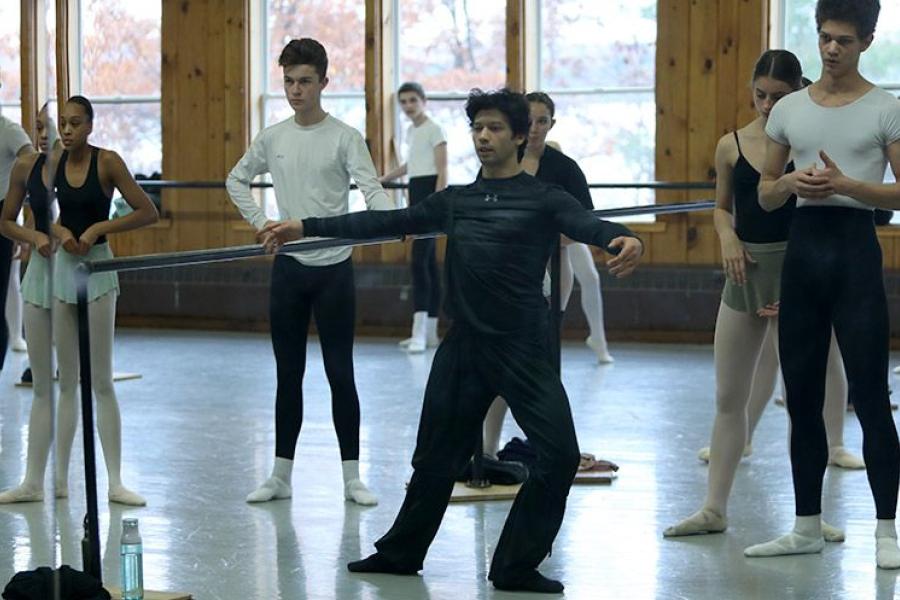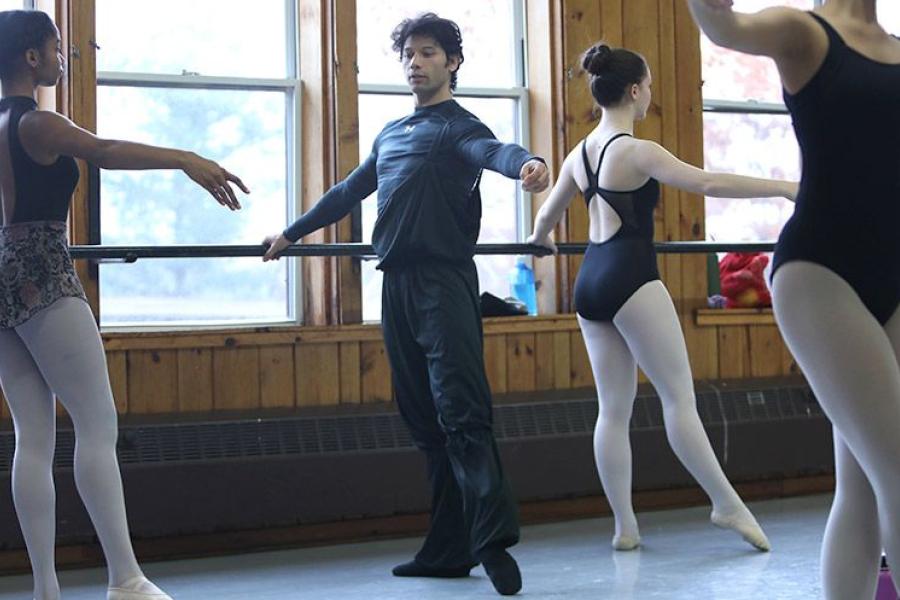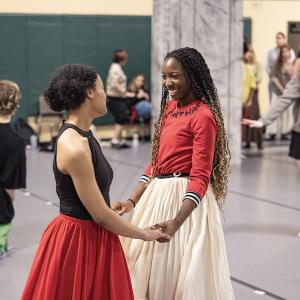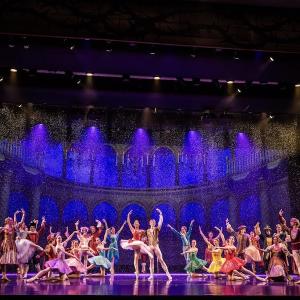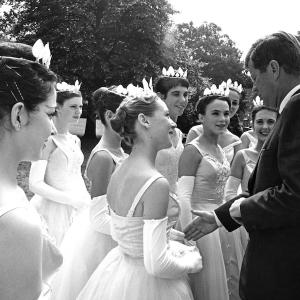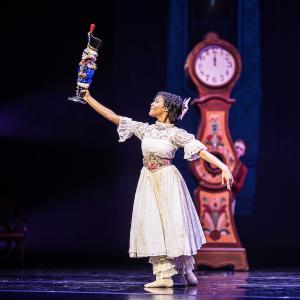Applications are still open for Arts Camp and Arts Academy. Programs fill quickly—submit your app today!
How to dance healthfully with Herman Cornejo
The American Ballet Theatre principal offers advice on injury prevention, recovery, and more.
This November, Interlochen Arts Academy dance students had the opportunity to work with American Ballet Theatre principal Herman Cornejo.
Cornejo joined the ABT in 1999 at age 18 and was promoted to principal status in 2003. His signature roles include Romeo and Mercutio in Romeo and Juliet, Puck in A Midsummer Night’s Dream, and Prince Siegfried in Swan Lake. He has danced with Alessandra Ferri, Misty Copeland, and Julie Kent.
In his 20-year career with ABT, Cornejo has seen his share of injuries. While the Argentinian sensation has avoided surgery, he has suffered a torn calf and a damaged meniscus, and has watched many of his colleagues be sidelined by injuries. While on campus, Cornejo took a moment to offer advice on how young dancers can avoid injury.
Dancing is strenuous, and despite our best efforts, injuries do happen. What are some things young dancers do to prevent injury?
When I first started dancing, we were kind of working hard and working through the pain. Dance technique has improved so much in the last 20 years as we push our bodies beyond and try to make things better. Lines have been defined even more, and that way of working makes your body shape change. When you’re into classical ballet, you want to perfect that turnout, and sometimes having that turnout could make you vulnerable to injury.
With the doctors and technology we have today, it’s very easy to prevent injuries. The key to prevention is to open your mind and combine your classical ballet training with swimming or gyrotonics or pilates. There are many ways to train your body that will make it ready for what you have to do later.
What are some of the common technical mistakes that dancers make that could lead to injury?
Injuries happen most often when you jump. It’s not a mistake—it’s part of the process, especially for male dancers. There’s no way to avoid the danger, but you’ll never get better unless you try and make mistakes. The key is to be aware of how to jump before you start. Training with good teachers from the beginning helps.
Teachers have a lot to do with injury prevention and knowing how to position yourself correctly, but the student has to be open to receive those corrections. It’s also important to remember that corrections don’t apply to just a few students—they apply to everybody. So many times, when I give a correction to somebody, the student next to them isn’t listening. But it goes for them as well.
Talk us through the recovery process a little bit. How can you stay patient and focused during your recovery?
Although I have never gone through a surgery, I have torn a calf and damaged a meniscus. I always get frustrated when I’m injured and afraid that I will not recover. In those moments, your castle crumbles down, and you think, “Oh my god, I’m never going to dance again.”
Now that I look back, injuries are part of what we do. Being a dancer is being injured, and recovering, and training—even your normal, family life is part of your career. You don’t have to be afraid of being injured and going through recovery, because when you start recovering, you often come out stronger. That’s because you’re really focused on what you have to do to recover and how your body feels. We need that mentality when we’re not injured: to really listen to your body and realize that you’re doing something wrong before it causes an injury.
What’s one piece of advice that you would give to a dance student?
It’s hard to give one piece of advice, because as individuals, we’re so different. But I think listening to what your teacher says is really important, and also being open to everything. This generation of dancers are so focused on the screen that it’s became harder for them to go to the theatre and see dance live. My advice is to see everything you can—from classical to contemporary to new works. It will open your mind to work your body in a better way.

